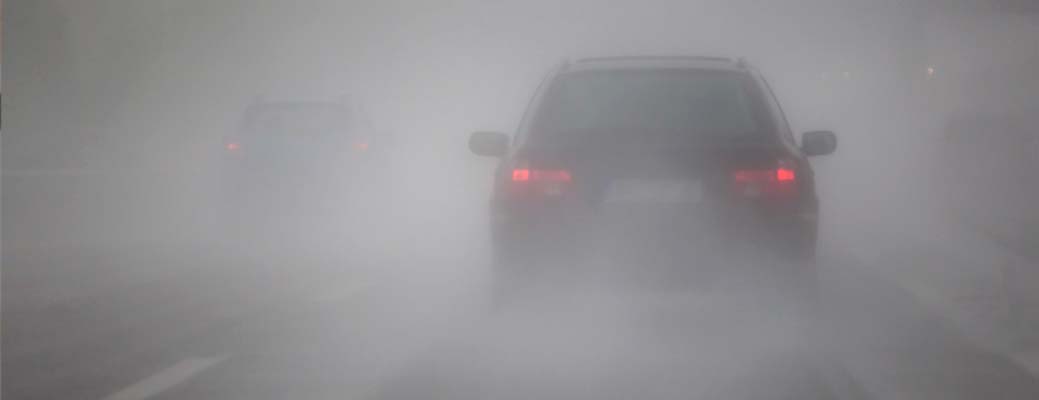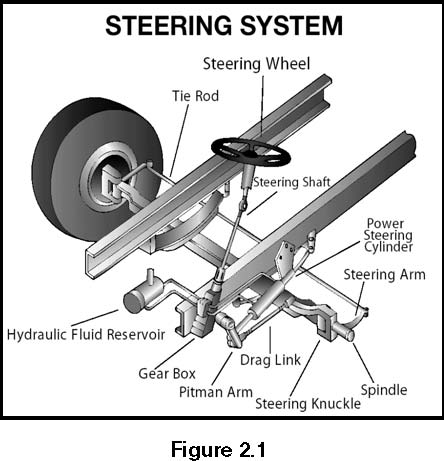1. Driving with limited visibility | Driver Knowledge Test (DKT) Resources
Fog can reduce visibility to a few metres. Fog is worse to drive in if you have your headlights on high beam, so keep them dipped. Turn your fog lights on as ...
Different techniques you can use when driving in limited visibility - a great resource for learner drivers
2. Tips for driving in poor visibility conditions
Oct 13, 2020 · Keep your distance Even with your headlights on, your brake time is minimised and your reaction time needs to be quick. In low visibility ...
Having a clear vision forward is without a doubt the most important element of safe driving. Poor visibility can increase the risk of a crash by 30% or greater so it is important that drivers know exactly how to adjust their behaviour when they experience poor visibility. Without adequate visibility, we are unable to judge […]

3. Tips for Driving in Low-Visibility Conditions
Nov 7, 2019 · Low-visibility conditions can make driving unsafe and almost impossible. Learn how to drive safely when visibility is low.
Low-visibility conditions can make driving unsafe and almost impossible. Learn how to drive safely when visibility is low.

4. How to Drive Safely in Different Types of Weather | All Star Driver Education
Any time visibility is reduced, you should turn on your low beam headlights, reduce your speed, and increase your following distance. Select a path of travel ...
On National Traffic Safety Month, All Star would like to focus on different types of weather and the risks they pose. Here’s how you can drive safely in

5. Driving safely in fog, rain, snow, and poor-visibility conditions - RACV
Jun 7, 2022 · If visibility worsens to the point that you can't see past your bonnet, put on your hazard lights and pull over as soon as safe to do so. Do not ...
When visibility drops, your driving risks rise. Here’s how to stay safe when driving in dangerous conditions including rain, fog, snow, smoke, and glare.

6. The Driver's Handbook - Driving at Night or in Poor Visibility - My Licence
Your driving speed at night should be adjusted to the range of your headlights. · Do not look directly at oncoming headlights. · You can momentarily flash your ...
When driving between sunset and sunrise or in hazardous weather conditions, when rain, dust or fog cause reduced or poor visibility, your vehicle's headlights, rear lights and number plate light must be turned on. It is an offence to drive a vehicle displaying only parking lights during these times.
7. [DOC] safe driving principles quiz - Federal Motor Carrier Safety Administration
If there are bike lanes along the roadway you're traveling, you should also try to keep tabs on any bicycles traveling in your direction or approaching from the ...
8. Other common road rules - Queensland Government
Apr 4, 2023 · If you are driving during the day in fog or in other bad weather with reduced visibility, you may drive with your front fog lights on, with or ...
Find out about other important Queensland road rules.

9. [PDF] UNIT SIX – DEFENSIVE DRIVING
Remember, keeping the students safe is your number one priority. Pedestrians must obey the same traffic controls as vehicles, e.g. signal lights and stop signs.
10. Chapter 3: Your Driving - State of Florida.com
You must look down the road, to the sides and behind your vehicle and be alert for unexpected events. Be alert to what is going on around you and do not take ...
Online Florida Drivers Manual
11. Managing Speed - DMV - PA.Gov
Even on dry pavement, it takes more than 250 feet to stop if you are moving at 55 mph. To avoid overdriving your headlights on a dark road at night, you should ...
"Driving too fast for conditions" is the No. 1 reason 16- and 17-year-old drivers are involved in crashes.

12. 72 Safe Driving Tips That Could Save Your Life
Mar 19, 2020 · Do not ignite the vehicle as soon as you get into the car, take a moment to check if the mirrors and your ...
No one will admit to being a terrible driver, but we’ve all, at one point or another, tried multitasking while driving behind the wheel on the road. Most of us have also gone on long road trips by car. So, to help improve the safety of you, your passenger and other road users, we’ve put ...

13. State of Connecticut Driver's Manual 2023 - CT.gov
The minimum vision requirements for all classes of license are at least 20/40 with or without glasses or contact lenses. If the applicant is blind in one eye, ...
Connecticut takes pride in its highway safety initiatives and efforts to make the roads safer for all who use them. This work involves driver licensing and ensuring that new and renewing drivers are aware of safety’s critical role when behind the wheel. For the state’s youngest drivers, obtaining your license is a time of joy and freedom, but it comes with great responsibility. Two years ago Connecticut imposed tougher teen driving laws for 16- and 17-year-old drivers. These laws, along with stiffer penalties, were put into place to keep you safe on the road as you learn and become a more experienced driver. It takes time and practice. We hope you understand that the laws and penalties are in place to help reduce crashes, injuries and deaths.
14. [PDF] Driver's Manual, Chapter 7: Safe Vehicle Operation - IN.gov
Do not weave in and out of lanes, which will greatly increase your risk of an accident. On the highway, slower vehicles should use the right lane. Leave the ...
15. Section 2: Driving Safely - California DMV
Safety is the most important reason you inspect your vehicle, safety for yourself and other road users. A vehicle defect found during an inspection could save ...
This section contains knowledge and safe driving information that all CDL holders should know. You must pass a test on this information to get a CDL. This section does not have specific information on air brakes, combination vehicles, doubles, or passenger vehicles. When preparing for the vehicle inspection test, you must review the material in […]

16. [PDF] Chapter 4: Speed Limits, Following Distances and Driving Skills
Turning left on highways presents special problems due to the high speeds of other vehicles. When you make a left turn on a highway, remember to stay on your ...
17. [PDF] chapter 3: learning to drive - PennDOT
Do it when you buy gas for your vehicle — dirty headlights may give only half of the light they should. ... Keep your eyes focused on where you are going, and ...